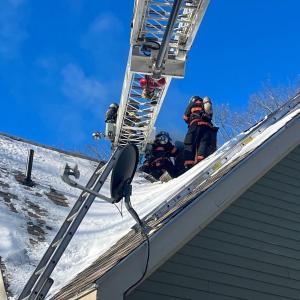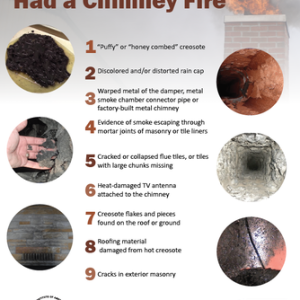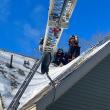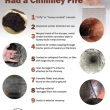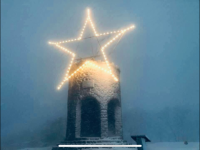Slew of chimney fires this winter illustrate safety slip-ups
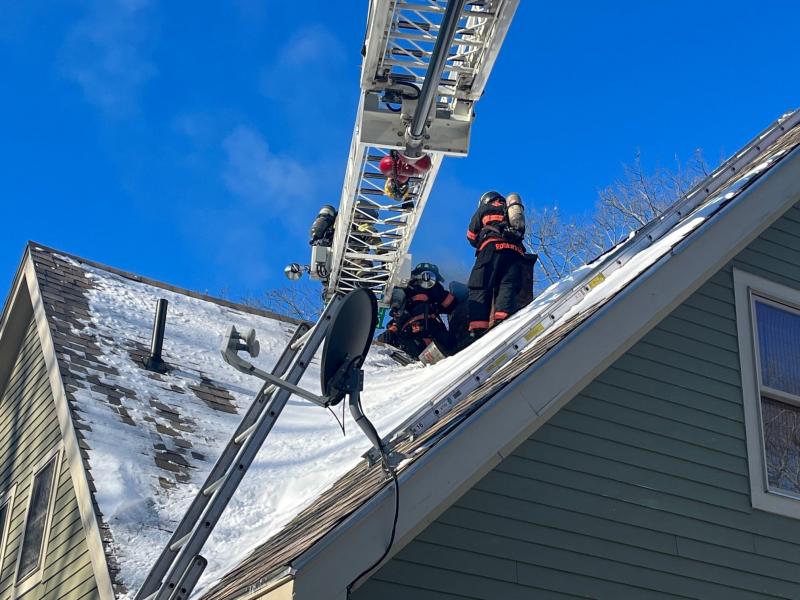 On Jan. 31, the Rockport Fire Department responded to its first chimney fire in 2022. Rockport firefighters could not reach the chimney by using the department’s regular ladders due to the home’s sloping roof design, so the Camden Fire Department provided mutual aid with its ladder truck. (Photo courtesy Rockport Fire Department)
On Jan. 31, the Rockport Fire Department responded to its first chimney fire in 2022. Rockport firefighters could not reach the chimney by using the department’s regular ladders due to the home’s sloping roof design, so the Camden Fire Department provided mutual aid with its ladder truck. (Photo courtesy Rockport Fire Department)
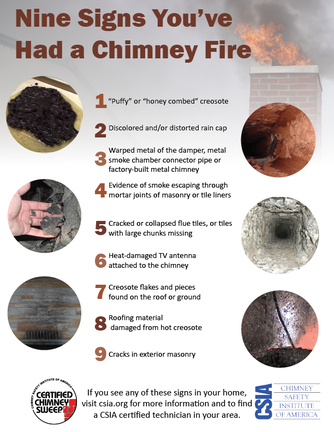
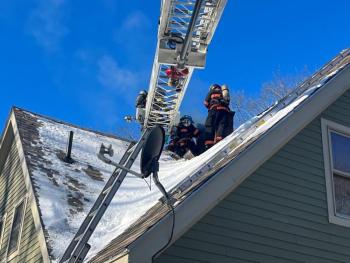 On Jan. 31, the Rockport Fire Department responded to its first chimney fire in 2022. Rockport firefighters could not reach the chimney by using the department’s regular ladders due to the home’s sloping roof design, so the Camden Fire Department provided mutual aid with its ladder truck. (Photo courtesy Rockport Fire Department)
On Jan. 31, the Rockport Fire Department responded to its first chimney fire in 2022. Rockport firefighters could not reach the chimney by using the department’s regular ladders due to the home’s sloping roof design, so the Camden Fire Department provided mutual aid with its ladder truck. (Photo courtesy Rockport Fire Department)
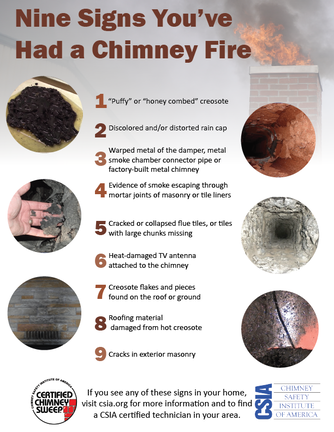
A structure fire in Hope early in February that burned a cabin to the ground is but one fire that Midcoast fire departments have responded to over this past winter with the probable causes associated with burning wood in stoves. In this case, the cabin burned to the ground and firefighters not only battled their way through a long, iced-over driveway, but put themselves at personal risk.
The occupant survived, having woken up by coughing, given smoke that filled his lungs.
He was lucky. But, wood stove safety is nothing to take lightly. Mainers often burn wood, and keep the stoves going winter-long. And although the daylight hours have slowly increased since the winter solstice in December, the temperatures still hover in the single digits while winter storms are dropping significant amounts of snow and freezing rain.
According to the Chimney Safety Institute of America (CSIA), there are more than 20,000 residential blazes that stem from chimney fires each year and are caused by a lack of maintenance.
Following regular maintenance and safety tips are key to help prevent many chimney fires and both the CSIA and FireRescue1, the national training organization for first responders, recommend the following:
Get your chimney cleaned before the first fire of the season. Chimneys need to be cleaned periodically because woodburning creates byproducts like soot and creosote, a sticky or candy-like glaze that results from incomplete combustion.
Get your chimney inspected. A standard inspection checks for creosote buildup, flue blockages, leaks, cracks, damages and other issues that could cause costly problems or increase the risk of a fire. If there is a chimney fire, it is important to have the chimney inspected following the fire to ensure no structural damage occurred during the incident.
Prevent the buildup of creosote. As wood burns in the fireplace, the byproduct of the fire (smoke, water vapor, gases, unburned wood particles, hydrocarbon, tar fog and other minerals) flow up into the chimney, where condensation occurs, which creates a sticky residue called creosote, which sticks to the chimney walls and could cause a fire. Prevent buildup by keeping fireplace doors open, keeping the damper open wide, and using seasoned wood.
Creosote-fueled fires are considered extremely dangerous, as they burn hotter, longer and are hard to extinguish.
Cover the fireplace. A fireplace screen helps prevent embers or sparks from jumping out and catching the carpet or nearby furniture on fire.
Do not sleep or leave the house with the fire burning. Wait until the embers have fully gone out in the fireplace before heading to bed for the night.
Safely dispose of ashes. Ashes from a recently burned fire should be placed in a metal container with a lid and placed at least three feet from the perimeter of your home.
It can be difficult to determine when a chimney fire begins, but typical warning signs include a loud roaring noise coming from the chimney, ash and debris coming out of the top of the chimney, black smoke coming from the chimney, and popping and cracking noises in the chimney.
Invest in carbon monoxide detectors in your home. Carbon monoxide is a concern with any appliance where combustion is present, especially wood burning stoves, so installing carbon monoxide detectors throughout your home is highly recommended. Batteries should be changed every six months or so and it is always wise to test your carbon monoxide and smoke detectors on a monthly basis. Contact your local fire department for information about how many CO detectors are needed in your home and the best placement for them.
“The more you know about your chimney and venting system, and the more you understand about the maintenance needed and when, the easier it’ll be to keep fire hazards, carbon monoxide risks, and repair costs low,” according to the CSIA.
Rockport Fire Chief Jason Peasley confirmed that checking the volume of creosote in a chimney is key to preventing a fire and possible expensive home repairs from fire damage.
Peasley attributed the cause of the recent chimney fire in Rockport Jan. 31 to creosote buildup.
“With the long stretch of cold weather, many people are using their wood stoves or fireplaces 24/7 so it’s important to check chimneys on a weekly basis during this cold snap, in addition to regular professional cleanings and inspections,” Peasley said.
A vertical flue can be checked by holding a mirror inside the stove when it is cold. Hold the mirror at a 45-degree angle directly under the flue opening. You should be able to estimate the amount of creosote buildup by the amount of daylight you're able to see filtering through the top of the chimney, according to the CSIA.
Peasley said that many local hardware stores sell creosote cleaning kits and cleaning tools for regular maintenance and home prevention.
Sarah Shepherd can be reached at news@penbaypilot.com

